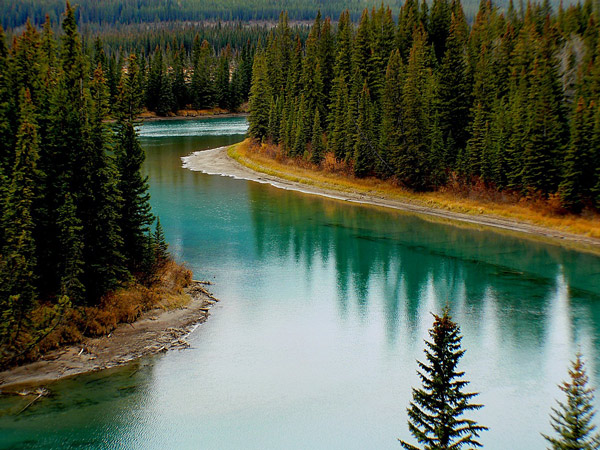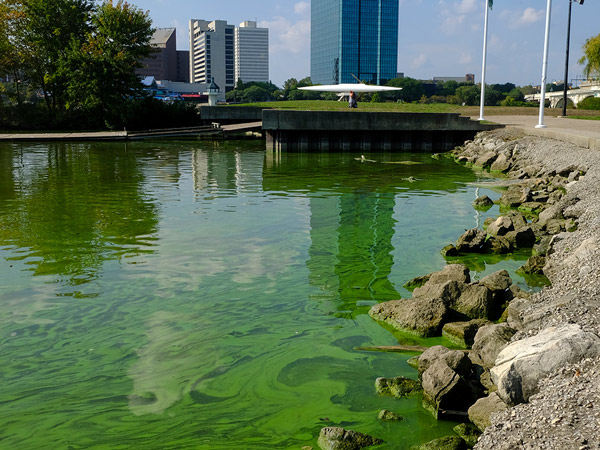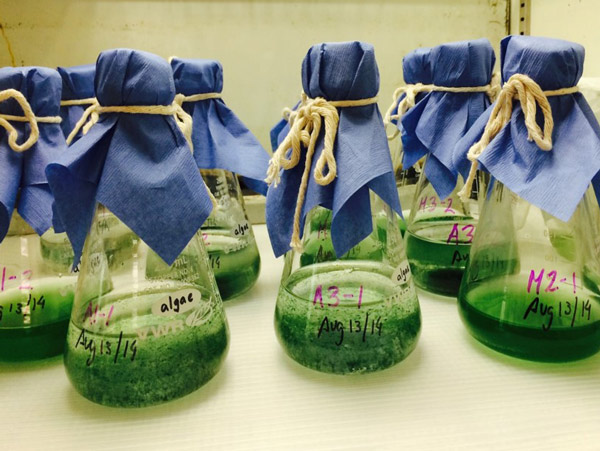Recently released study associates nitrates with bladder cancer in women
Hi all…nitrate and nitrate in drinking water have been regulated for quite some time now (Health Canada guidelines: MAC = 10 mg/L measured as nitrate-nitrogen and 1 mg/L measured as nitrite-nitrogen). The primary concern which led to regulations/guidelines is methaemoglobinemia and not a cancer endpoint. A recent study concludes long-term ingestion of elevated nitrate in drinking water [...]



